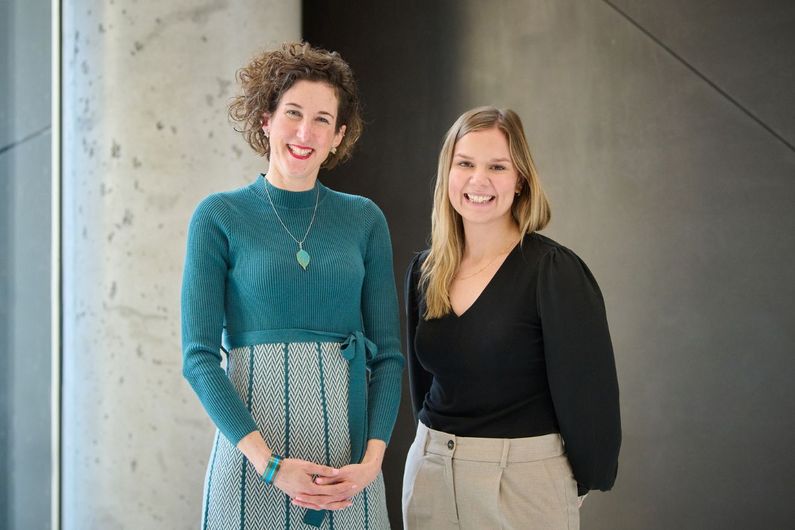Concussions in young children: symptoms still present three months later
- UdeMNouvelles
03/21/2024
A study led by Sainte-Justine hospital researcher Miriam Beauchamp has found long-term symptoms in children aged six and under who suffered a concussion.
Concussions in children aged six and under continue to affect their health three months after the event. This is the finding of a study led by Miriam Beauchamp, a professor in the Department of Psychology at Université de Montréal and researcher at Sainte-Justine hospital.
Using a new measurement tool for young children, Beauchamp and her team demonstrated that early childhood concussions cause significantly elevated post-concussive symptoms that are not attributable solely to the general effects of the injury.
The three-month-post-event effects include known concussion symptoms such as headache, nausea, balance problems and drowsiness, but also behavioural symptoms unique to this age group, such as excessive irritability, increased crying and comfort-seeking.
Well-documented effects
The consequences of concussion are well-documented in adults and school-aged children. But although a significant number of young children are seen in emergency rooms for concussions, little is known about the long-term consequences for them.
To gain a better understanding of post-concussion impacts, Beauchamp and her team evaluated 303 children between the ages of six months and six years, of whom 174 had been seen for a concussion, 60 had sustained an injury without a concussion, and 69 had no injury at all.
All were assessed using the Report of Early Childhood Traumatic Injury Observations & Symptoms (REACTIONS) inventory, a validated, toddler-friendly tool for measuring post-concussive symptoms.
The analysis showed that the children who had suffered a concussion had more symptoms than those with a limb injury or no injury, not only at the time of the initial visit to the emergency room but also ten days, one month and three months later.
Even three months after the concussion, these children had more physical symptoms, including headaches, sleep problems, fatigue, noise sensitivity and vision problems.
Clear guidelines needed
"The study highlights the importance of developing clear guidelines and an appropriate protocol for managing concussions in young children," Beauchamp said.
This study is the first to prospectively map the evolution of post-concussive symptoms in small children over a three-month period following a head injury, using a developmentally appropriate measure based on concrete observations.
Said the study's lead author, doctoral student Dominique Dupont: "Our results suggest that the use of a tool ... such as the REACTIONS inventory, which can be used by parents as well as in a clinical setting, could help diagnose concussions and monitor symptoms in younger children."
About the KOALA cohort
The study used data from the Kids' Outcomes And Long-term Abilities After Early Childhood Concussion (KOALA) project, a prospective, longitudinal, multicentre cohort study aimed at documenting the effect of concussion in young children. They were drawn from four North American children’s hospitals: Sainte-Justine hospital and Montreal Children's hospital in Quebec, Alberta Children's Hospital in Alberta, and Nationwide Children's Hospital in Ohio.
About this study
"Post-concussive symptoms after early childhood concussion" by Dominique Dupont, Miriam Beauchamp et al., was published in JAMA Network Open.
Media contact
-
Danika Landry
CHU Sainte-Justine -
Jeff Heinrich
Université de Montréal
Tel: 514 343-7593













